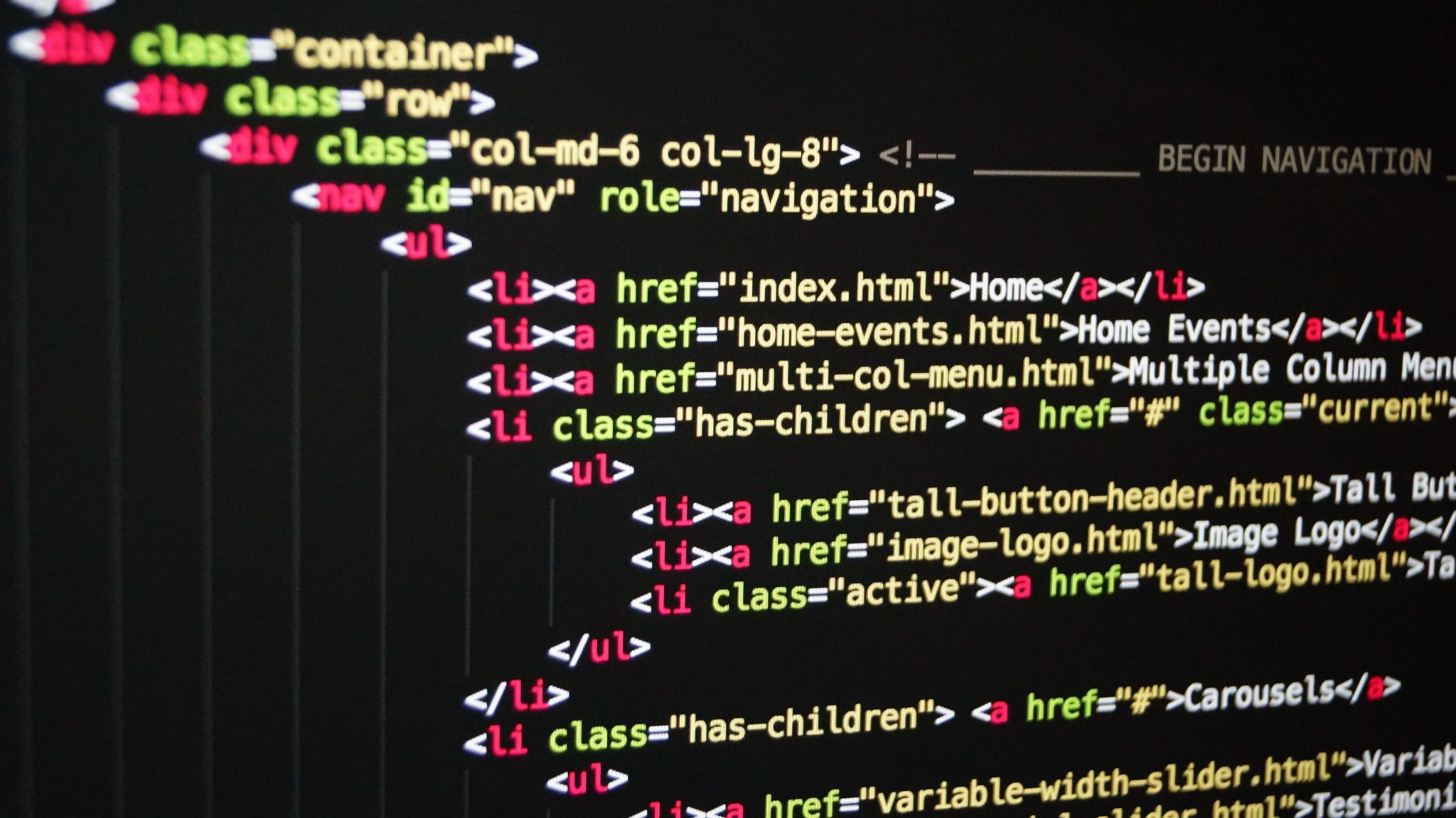
Apple has released its second kernel open source code for iOS software, but with a twist to the information it normally reveals.
For the first time, Apple has released the kernel source code of iOS and macOS for ARM processors. The source code has been published by Apple on GitHub.
The kernel source code also runs on iOS devices. Following the release of the latest smartphones and new products, Apple would share the kernel of macOS.

However, the tech company wouldn’t normally release the ARM version of coding of the kernel, but as the source code only displays the code that operates the most important functions for smartphones and iPads.
Releasing the information gives demonstrates their open source work and attracts developers to take a closer look, resulting in Apple’s source code will have much more benefit to developers more than users.
It gives developers and security operates a deeper look at how iOS operates. Developers may want to use the information details to assess the software before embedding their element of the XNU code.
However, if users are interested in seeing how iOS and macOS operates the code will give users that information. It doesn’t give anyone much reason to get excited because there’s not a lot you can do with the information.
The source code doesn’t reveal the interface, developer frameworks or application systems for Apple software but still gives developers and users a brief insight into how the systems operate across the devices.
Apple partners with Accenture in iOS apps
Why should you buy the iPhone 8
By publically revealing the code gives app and OS developers a wider knowledge of how Apple takes on tasks across the systems, more precisely across iOS.
Users and developers can download the ARM-optimized source code, although it doesn’t mean much the company has released the code for some reason and it gives people around the world the opportunity to see just how the software is ran.
Apple’s first version of macOS was released in 2001, on top of the operating system created by NeXT that Apple now uses as the foundation for Mac OS X.






